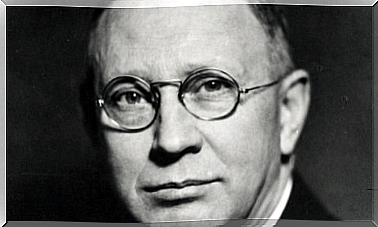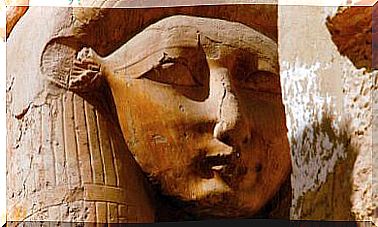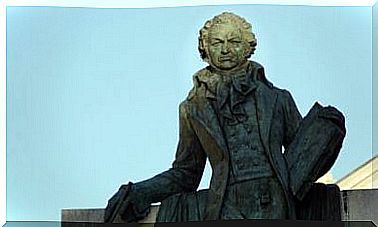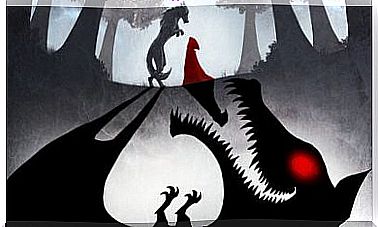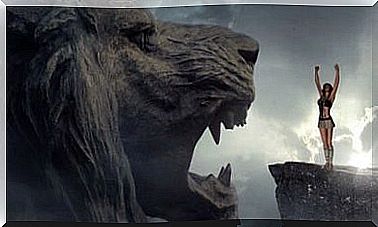Vikings, Bloodthirsty Assassins?
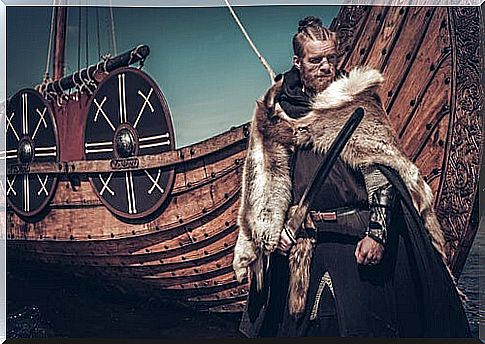
Of all the peoples that have walked the pages of history, surely one of the best known and most admired are the Vikings. Inspirers of a multitude of novels, series, feature films or epics, we all have a definite image of these sailors and warriors. However, the historical knowledge we have of them is far from that clear and often contradicts popular legend.
It should be borne in mind that, as happens with many other groups at the dawn of their history, contemporary texts that tell us about the Vikings or Normans in the 8th or 9th centuries were written by their enemies.
If we add to his scarce writings the incredible cultural shock that his arrival could have meant for Western and Southern Europe, we get the cocktail that has reached our times. But is the image of ruthless, bloodthirsty and invincible invaders true?
Europe in the 8th century
In the year 476 after Christ, Romulus, the last emperor of the western slope of the Roman Empire, is deposed by Odoacer. It would seem the end of an era, but the reality is quite different.
After the crisis of the third century, the successive arrival of barbarian tribes and the loss of power of Rome had meant the disintegration of the Empire into more or less independent territories. Seen from our days, with perspective, the Arabs or the Vikings were just another of the peoples that invaded the Christian world in these centuries. Seen from his eyes, it was the opposite.
The truth is that the new kingdoms born from the union of the Roman culture and the barbarians enjoyed a certain stability and peace. With the notable exception of the Iberian Peninsula, the rest of the territories did not fear the invasion of pagan peoples.
The barbarians had been Romanized and Christianized, and the war between Christians respected certain codes. The Arab threat was not present on the Cantabrian or northern coasts, or in the interior lands. Saxons or other peoples who still worshiped ancient gods were not a potent threat.
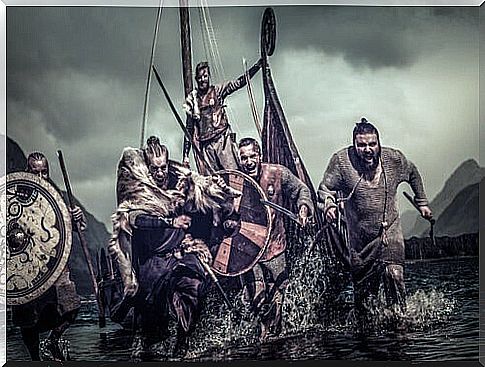
Vikings on the shores
In the year 793 after Christ in the monastery of Lindisfarne, England, the first relevant Norman attack in the West took place, beginning the so-called Viking era. The confrontation, like many of the successive ones, was tremendously unequal.
Many of the monasteries, ports or towns near the European coasts lacked defenses, unlike in the Mediterranean world. The monks and villagers lacked military training. The weakness invited to continue with the looting.
The Vikings, not yet Christianized, did not respect holy places. After centuries of refined “Christian peace”, the barbarity of the northern giants was absolutely traumatic. From those stories comes our current vision.
Ruthless barbarians
Those who suffered Viking pillage collected a whole series of cruelties and torture. The written sources paint a picture never seen before, but it is difficult to discern the extent to which they are exaggerations.
Some Norman leaders, such as the now famous Ragnar, do seem to have stood out for their savagery. Others, however, could be indistinguishable from the armies of their time. It seems clear that practices like the “Blood Eagle” are the work of the imagination of the chroniclers.
The terror generated by their looting in lands of relative peace, their unexpected arrival, the ignorance of their culture by Christians and their aura of invincibility turned them into legendary warriors.
Today archaeological evidence suggests that, more than soldiers, they must have been merchants and farmers. In fact, they would not take advantage of their navigational skills in looting until their homeland suffered from overpopulation crisis. Even in times of greatest violence, their main source of income continued to be commerce.
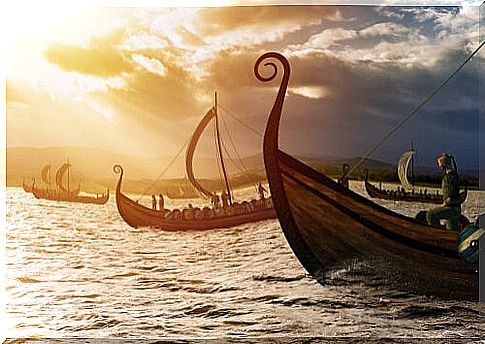
The invincibility of the Vikings
Their ships, capable of going up European rivers, allowed them to carry out quick surprise attacks. Their height, which today would not exceed the average in any European country, in the Middle Ages made them giants. Their terror tactics would favor the surrender of their adversaries, avoiding engaging in combat. His military discipline, regardless of what we can consider today, was intense for its time. But they were far from invincible.
While it is true that they accumulated surprising victories in Western and Eastern Europe, their end was never conquest. The rapid attacks and flights favored their looting, but the European monarchs did not take long to take the measure.
The victories of Abderramán II, Ramiro I or Luis III demonstrate it, the Normans were vulnerable. After the first dramatic decades they would begin to ally themselves with the different factions of European politics, until they were fully integrated into a world that had feared them so much.
Even today, legend and history are intertwined in the legacy of one of the most fascinating peoples of the Middle Ages.

